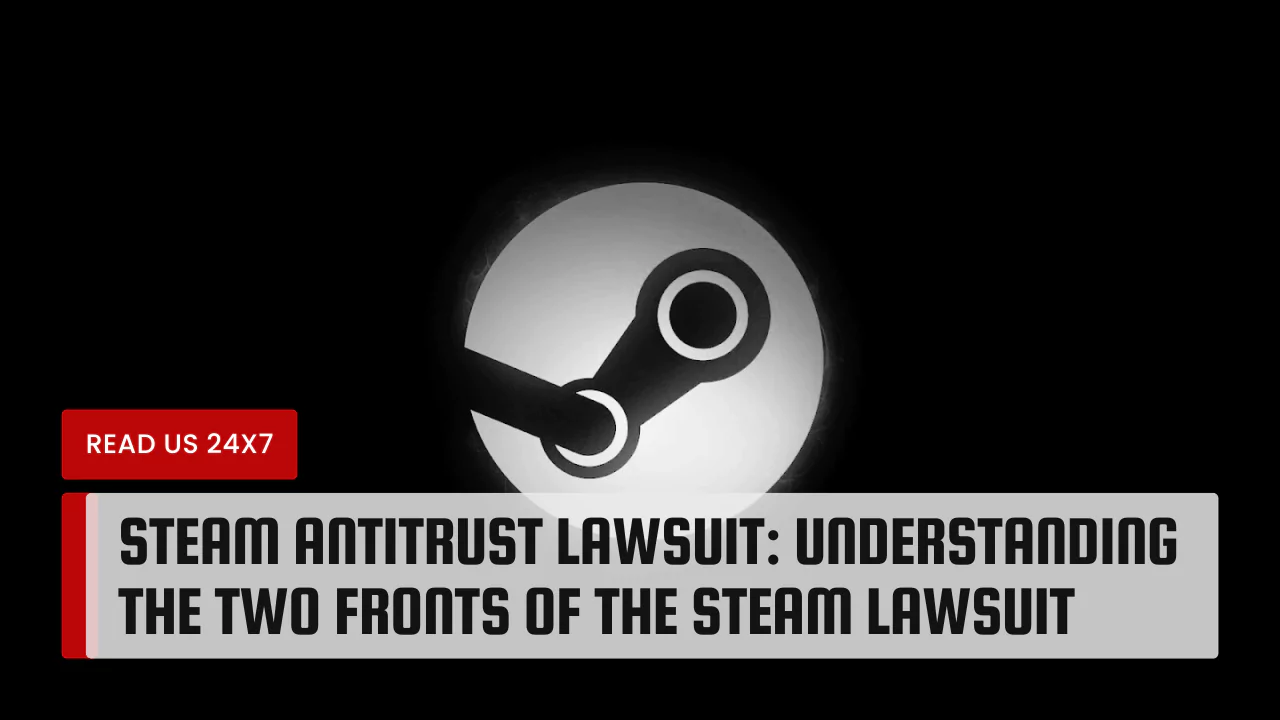In recent years, the gaming community has been abuzz with news of legal battles involving Steam, the popular game distribution platform, and its parent company, Valve Corporation. Amidst the myriad headlines and legal jargon, understanding the complexities of the Steam antitrust lawsuit is crucial. Let’s delve into the heart of the matter and dissect the dual fronts of this legal saga.
Background of the Steam Lawsuit
The legal saga surrounding Steam commenced with lawsuits filed by developers against Valve Corporation. These developers, including Wolfire and Dark Catt Studios, accused Valve of antitrust violations, alleging that the company’s practices unfairly stifled competition in the gaming industry. Central to their complaints were allegations of anti-competitive clauses, such as the “most-favored nations” provisions, which developers argued artificially inflated prices and hindered innovation.
These individual lawsuits were later consolidated into a single class action lawsuit, titled “In re Valve Antitrust Litigation.” This consolidation marked a pivotal moment in the legal proceedings, as it streamlined the litigation process and amplified the collective voice of the aggrieved developers against Valve.
Simultaneously, Steam arbitration cases emerged, involving individual Steam users seeking recourse for alleged anticompetitive behavior by Valve. However, unlike the class action lawsuit open to developers, individual users were directed to pursue arbitration claims independently. This divergence in legal avenues underscored the multi-faceted nature of the Steam lawsuit, with developers and individual users navigating separate paths toward seeking justice.
Latest Developments
Recent developments in the Steam lawsuit have brought further complexity to the legal landscape. Valve Corporation, in a surprising turn of events, initiated legal action against Zaigler LLC, the law firm spearheading the mass arbitration cases on behalf of Steam users. Valve’s lawsuit alleged that Zaigler’s tactics amounted to an abuse of the legal process, casting a spotlight on the contentious practice of litigation financing.
Valve’s response to the arbitration cases highlights the company’s staunch defense against what it perceives as undue legal pressure. As these legal maneuvers unfold, the outcomes of the Steam lawsuit remain uncertain, with implications extending beyond the gaming industry into the broader realm of litigation finance.
Navigation and Participation in the Lawsuit
For those seeking to participate in the class action lawsuit against Valve, understanding the legal process is essential. Joining the lawsuit involves adhering to specific procedures outlined by the court, with potential settlements and compensation contingent on the outcome of the litigation.
Navigating the complexities of the legal landscape requires vigilance and informed decision-making. By staying abreast of the latest developments and consulting legal experts, individuals can effectively navigate the intricacies of the Steam antitrust lawsuit and potentially secure restitution for any perceived grievances.
In conclusion, the Steam antitrust lawsuit represents a multifaceted legal battle with far-reaching implications for both developers and individual users. As the legal proceedings unfold, it is imperative for all stakeholders to grasp the nuances of the case and actively engage in the pursuit of justice within the bounds of the law.



